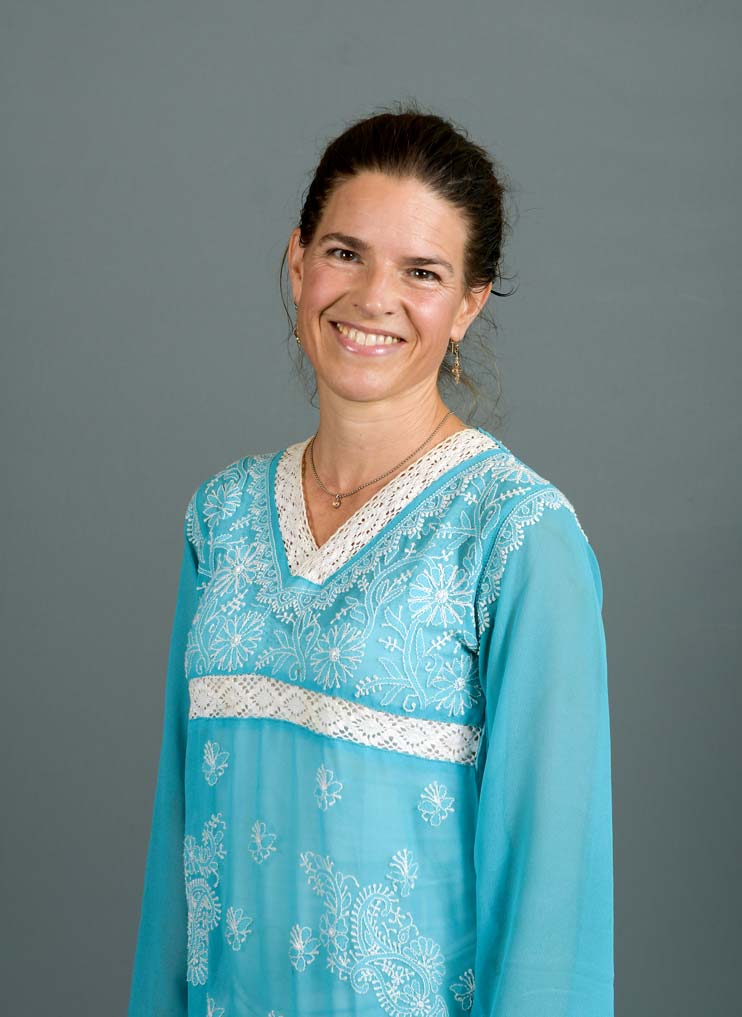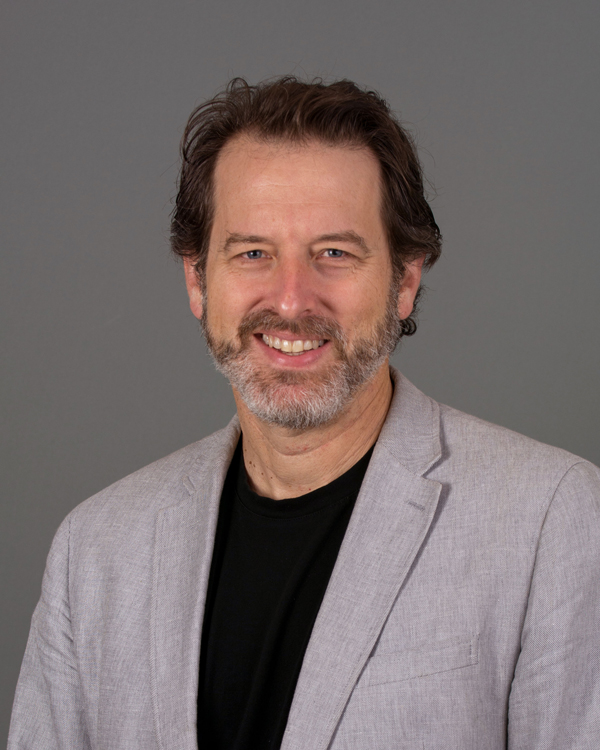Today’s blog is written by Malynn Utzinger, Director of Integrative Practices, and Tim Weitzel, former ESI Architect.
Optimism sometimes gets a bad rap. Many people associate optimism with a sugar-coating of reality or a blind faith that all will be well. Worse, there are brands of optimism which imply that we have the power to transform the conditions of our lives through positive thinking alone, regardless of their deep-seated and/or systemic origins. However, evolving research and our own field work suggests that psychologically mature optimism, a pillar of emotional and social intelligence (ESI), is not only useful as a life-orientation, it is the gateway to self-actualization.

In our practices, we define optimism as “a mental attitude reflecting a belief or hope that the outcome of some specific endeavor, or outcomes in general, will be positive, favorable, and desirable. It is grounded belief in a reasonable chance of success.” Importantly, this belief in a reasonable chance of success comes not from blind faith or poor comprehension of actual challenges but from an assessment that our inner and outer resources are adequate to address what life brings us. This assessment gains veracity not necessarily from uninterrupted success in life, but rather from a readiness to learn about oneself and about life from everything that happens. As such, on Promega’s ESI team, we take the above definition of optimism a step further and define the optimistic person as someone with a “ . . . belief in a reasonable chance of success and the readiness to choose to learn from everything that life brings, good or bad.” We consider this to be the ultimate form of optimism, which can set us down the path to becoming our best self.
Psychologist Rick Hanson writes in his book Hardwiring Happiness that each person has two brains (metaphorically speaking): a red brain and a green brain. Oversimplifying things by necessity, the red brain is our older, reactive, and instinctive brain. Its job is to look out for threats. It drives the alertness that keeps us alive, such as vigilance around COVID-19 and a sharp eye on the highway. Even though it powers the swift actions essential to our survival, it is also characterized by an overabundance of fear, a belief in scarcity, chronic anxiety, and the many other ways we torture ourselves through self-doubt and negative stress reactions.
When the red brain cycles become chronic, they lead to pessimism and the shutdown of the capacities that lead to our bigger, more self-actualized selves. Reactive negativity engages the fight/flight/freeze response and constricts the brain connections we need for creative problem-solving and resilience. We are more inclined to get defensive, argue, give up on our plans, and blot out our ability to see ourselves in terms of our greatest potential. Even our attempts at growth tend to be driven by moving away from what we fear, e.g., failure and being alone versus what we aspire to like success, creativity, and meaningful connections to others.
The green brain, by contrast, is our more recently evolved, intention-driven brain, characterized by skillful reflection, relaxed confidence, strength, openness, and aspiration towards our best selves. The green brain requires cultivation of a bigger, more generative picture, and this takes practice. For example, during the COVID-19 pandemic, our green brain might call us to think beyond ourselves, practicing compassion and thoughtful analysis to wear masks for the sake of people we don’t even know. The green brain also helps us to use this time to assess what really matters in our life and recommit to our essential path.
From this perspective, strengthening our green brain enables us to take the optimistic stance, which is not just believing good will come or even just believing in our inner and outer resources, but also investigating everyday events to find ways to learn and grow. This small, daily practice of optimism is one of the most potent ways of getting our inner and outer resources to take root and grow stronger. In this way, we can self-regulate ourselves towards the more proactive, creative, inner-resource-building, and self-actualizing green brain.
Studies show that optimism impacts our brains by relaxing or overriding the red brain networks and engaging our green brain openness, resilience, strength, confidence, and so many more of our finest human qualities. And when we choose the optimistic, learning perspective, our growth is driven by our fulfillment, abundance, and our felt sense of appreciation in the smallest and the largest of life’s circumstances. Living these qualities moves us towards our self-actualization more robustly than living from unexamined fear. In fact, Positive Psychology asserts that the opposite of debilitating depression is not happiness, but a learning-oriented optimism.
In closing, an optimism that includes a fundamental learning orientation is cultivated through polishing our lens on life through the everyday reflective and proactive practices we engage to keep the pipeline of openness and growth flowing. This learning orientation is the bedrock of the perspective that all of life—joy, sorrow, peace, anxiety, hope, despair, success, failure—offers us the opportunity to grow, become more open, gain needed inner resources, and increase our gravitas. What normally might set us back, harden our hearts, and close our minds becomes a path to awakening the best inside us, which is the heart of self-actualization.
Take ten minutes to focus on mindfulness
This blog is part of an ongoing series on Emotional and Social Intelligence.
Explore the previous installments of the series:

As a Family Medicine physician and Director of Integrative Practices for Promega, Malynn thinks of herself as one who stands with a foot on either side of the chasms we humans encounter in life, helping us stitch together our worlds, our words, and our ways of being with each other. At Promega, her work in ESI has focused on helping people begin with self-understanding and move toward better understanding of others, ultimately supporting the roots and branches of a vibrant work community in which people feel belonging and a high sense of contribution. Malynn has worked in Family Medicine, Integrative Medicine, and Preventive Oncology at the UW, as the Director of Women’s Health for the Chopra Center in San Diego, as a consultant in integrative medicine and emotional intelligence for GHC and Eileen Fisher in NYC, and in research at Planetree and the Preventive Medicine Research Institute of San Francisco. She now lives in Madison, WI with her husband and son.

Tim is formerly served as ESI Architect at Promega, and he has spent his entire 30+ year career in Cultural Development Consulting, Executive Coaching, Executive Assessment, and Leadership development. From the beginning, he has stressed authenticity, courage, compassion and connection both in his approach with clients as well as being the foundation for excellent and sustainable leadership. He works with his clients using a variety of tools such as Depth Psychology, Day-in-the-Life Simulation Assessment, 360 Feedback, Personality Inventories and more to identify strengths and development gaps that create focused organizational change and/or learning goals. Tim has coached people at all levels and consulted in many top companies including Promega, Marriott, Walmart, McKesson, Lockheed Martin, Schneider National, Wisconsin Gas Company, Raytheon, Fiserv, Adventist Health, Pacific Gas & Electric, Trek Bicycle, John Deere Credit, General Motors, and many more top-tier organizations as well as numerous smaller regional and local businesses.
For more information on how Promega supports employee wellbeing using the tools of Emotional and Social Intelligence, visit our People Care page.
Related Posts
Latest posts by Promega (see all)
- Overcoming qPCR Inhibitors: Strategies for Reliable Quantification - March 13, 2025
- Celebrating Creativity and Innovation: The 2025 Promega Employee Art Showcase - February 4, 2025
- Soft Skills for the Science Lab: Develop Yourself with Promega - November 14, 2024

One thoughtful comment